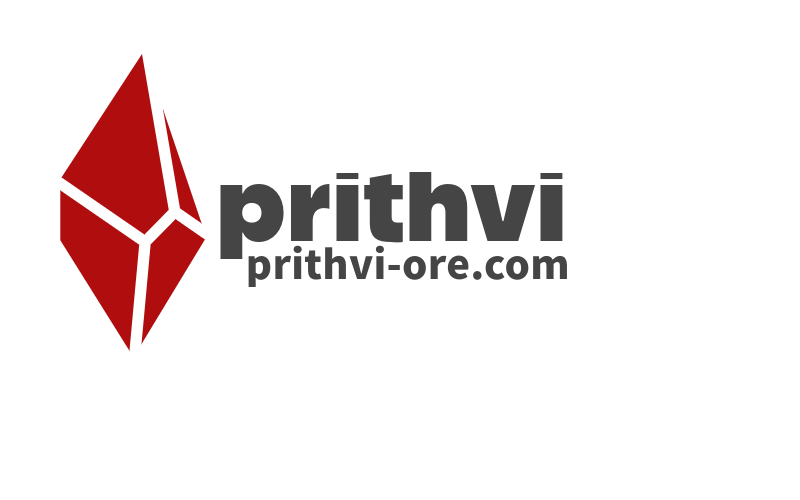Understanding Iron Ore and Its Importance
Iron ore is a vital natural resource, primarily composed of iron oxides. It exists in several forms, the most common being hematite (Fe2O3) and magnetite (Fe3O4). Each type of iron ore has its distinct properties and applications, making them essential for various industries. The chemical composition of iron ore significantly influences its suitability for different processes, particularly in steel production, where iron serves as a critical raw material. The extraction and processing of iron ore involve complex operations, including mining, crushing, grinding, and separation, to obtain iron-rich concentrates that meet industrial standards.
The importance of iron ore in the global economy cannot be overstated. It is one of the primary components used in the manufacture of steel, which has become the backbone of modern infrastructure. From construction beams to automobiles, steel’s versatility has made it an indispensable material in various sectors, thereby fostering economic development. With urbanization and industrialization on the rise, the demand for iron ore has surged dramatically. Countries like China are significant consumers, utilizing iron ore for their immense steel production needs as cities expand and new infrastructure projects arise.
This increasing global appetite for iron ore presents both opportunities and challenges for producers and consumers alike. For mining companies, it may drive investments in new technologies and operations to enhance extraction efficiency and sustainability. Conversely, consumers, particularly those in developing nations, may face fluctuating prices that could impact production costs and economic stability. Various factors, including geopolitical dynamics and environmental regulations, will also shape the landscape of iron ore production and consumption in the future. Ultimately, understanding the intricacies of iron ore and its pivotal role in global industries is essential for navigating this complex market.
Key Players in the Iron Ore Market
The iron ore market is predominantly shaped by a mix of established mining giants and emerging players, each contributing to the dynamics of global supply and demand. Prominent companies such as Vale S.A., Rio Tinto, and BHP Billiton continue to maintain significant shares in the market, leveraging their vast resources and extensive geological advantages. For instance, Vale operates the world’s largest iron ore mine in Brazil, enabling them to capitalize on scale and quality, thus reinforcing their position as a leading provider.
Besides the major players, new entrants are beginning to emerge, drawn by high demand and favorable prices. These companies often focus on niche markets and regional supply, which allows them to experiment with innovative mining techniques. Their adaptability poses a challenge to established firms, as they introduce practices that not only optimize production capacities but also strive for sustainable operations. The increasing emphasis on environmental responsibility compels all players, established and emerging alike, to incorporate sustainability into their core strategies.
Furthermore, the geographical advantages of iron ore providers are pivotal. Countries such as Australia and Brazil are not only rich in iron ore deposits but also have well-developed infrastructure that facilitates efficient distribution. This advantage positions them favorably in the global marketplace. However, the trends in trade policies, especially those that impact tariffs and international agreements, are increasingly influencing market conditions. The ongoing geopolitical factors, including trade tensions and regulatory changes, continue to affect supply chains and pricing models within the iron ore sector.
Technological advancements in mining also play an essential role in shaping the strategies of these providers. Innovations such as automation, remote monitoring, and improved extraction techniques are enhancing operational efficiency. By adapting to these changes, key players in the iron ore market can maintain competitiveness while addressing sustainability concerns and changing market demands.

